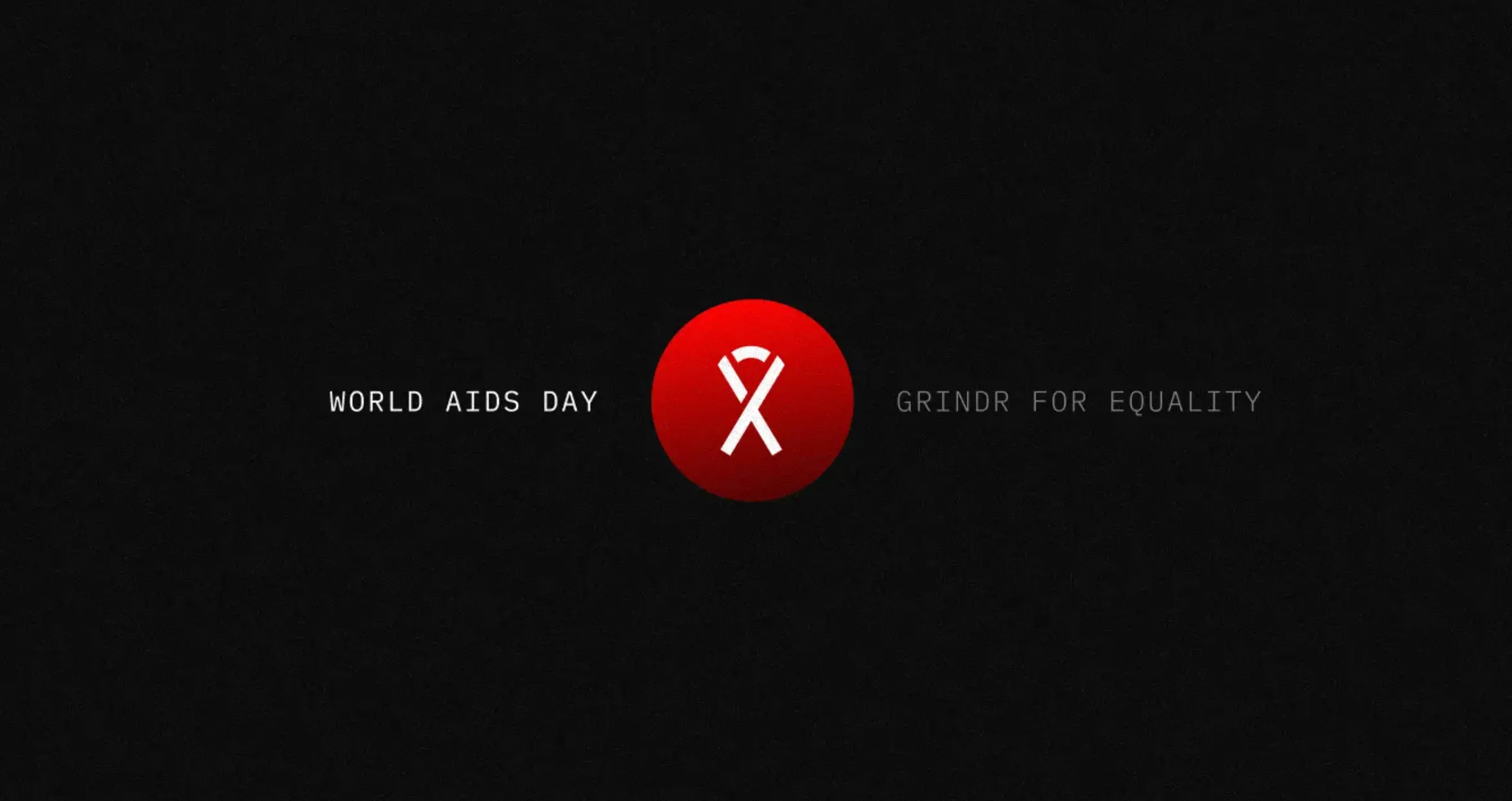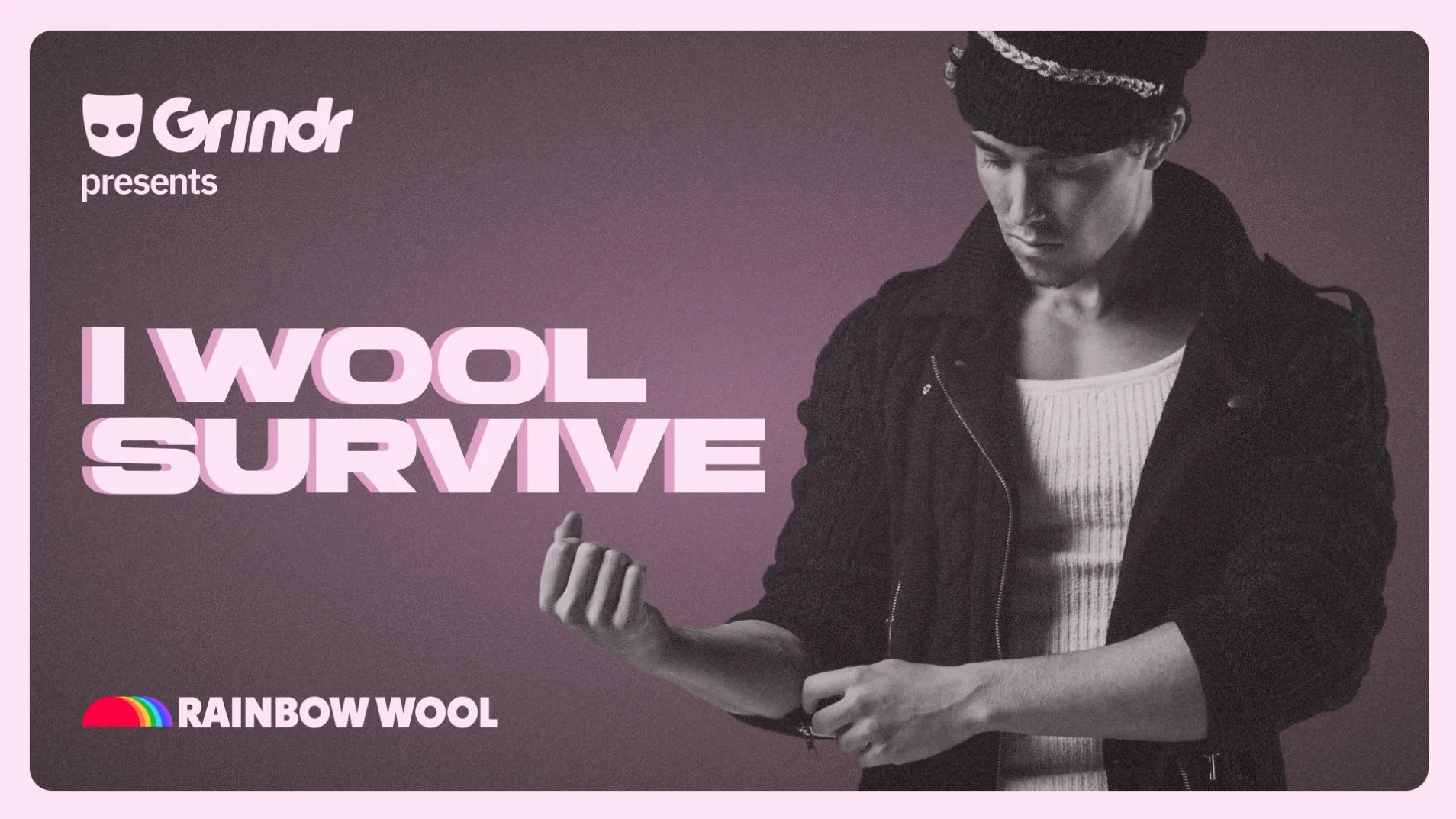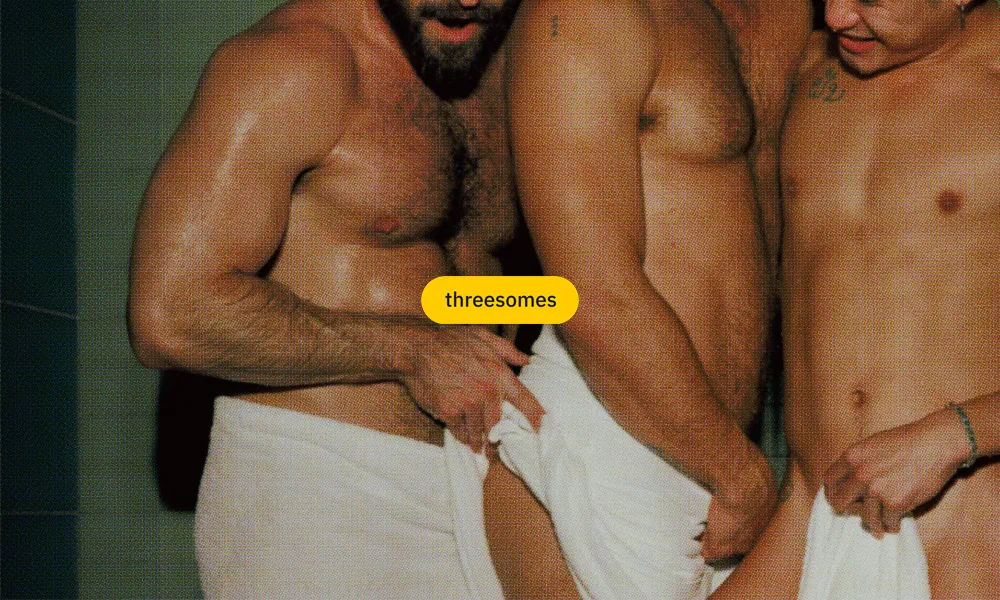Break the Mold and Explore What It Means to Be Gender Nonconforming

A very famous queen once said, “We’re all born naked, and the rest is drag.”
Sure, plenty of men love football and whiskey, just like countless women adore frilly dresses and everything pink. But it’s time to accept that those binaries are made up.
Taking joy in your gender is excellent, but you don’t necessarily need to agree with the whole “men are from Mars, women are from Venus” thing. Gender nonconformity is a way to express your gender while finding some wiggle room. So, get ready to experiment as we explain what it means to be gender nonconforming.
What is gender nonconforming?
Gender nonconformity means expressing yourself in any way you want, even if it doesn’t align with your sex or gender. Gender-nonconforming people can be straight, gay, queer, cisgender, or transgender, so long as they’re expressing their gender in a way that challenges societal norms.
Gender-nonconforming behavior is only a part of a person’s gender expression; it doesn’t necessarily tell you how they identify. A person could look totally androgynous but be 100% cisgender. Likewise, a person may look hyper-masc but identify as nonbinary or genderqueer (more on those terms in a minute).
Defining gender roles
In our wildest dreams, gender roles are actually fierce pink and blue pastries filled with something delicious. In reality, they aren’t nearly as much fun. Gender roles are societal expectations people are pressured to conform to based on gendered stereotypes. They may manifest in how people act, treat one another, and view themselves.
Here are a few examples of gender-conforming roles:
- Men should be strong, stoic, and unemotional. Don’t even get us started on how this is upstream of nearly everything wrong with society.
- Women should be meek and subservient. This is an offshoot of the previous point and couldn’t be further from the truth.
- Men do manual labor, and women do emotional labor. In a perfect world, no one would be doing any labor at all. In the real world, everyone should contribute however they find most fulfilling. And the boys can do their own laundry, even if they don’t feel like it.
If these stereotypes and gender expectations don’t align with how you think the world should operate (or how you operate within it), you might have some gender-nonconforming tendencies of your own. Gender nonconformity isn’t just about how you dress or style your hair. It’s also about the space you take up in society.
The origins of the term “gender nonconforming”
Although the exact origin of the expression “gender nonconforming” is unknown, awareness of gender nonconformity and expression beyond the gender binary increased significantly in the 1990s and early 2000s. After breaking out of academic circles and the LGBTQ community, it has become a common expression in mainstream contexts. And let’s be honest, being gender nonconforming was a thing way before the ’90s.
Taking it a step further, activist and author Riki Wilchins coined the term genderqueer, popularizing it in a 1995 essay discussing the behaviors and experiences of gender-nonconforming individuals. Genderqueer would go on to become its own gender identity, independent of people expressing gender nonconformity.
Gender identity vs. gender expression vs. sexual orientation
While we’re discussing terms, let’s clarify the distinction between gender identity, gender expression, and sexual orientation. Just like gender and sex have different meanings, these three terms also have their own significance and distinct usages.
- Gender identity: A person’s gender identity is the gender they relate to internally. This may or may not be in line with their assigned sex. Some people don’t identify with any gender. Gender identity isn’t necessarily related to gender expression or sexual orientation.
- Gender expression: An individual’s gender expression is the way they present themself to the world. This can include how they dress, act, and navigate socially. Although a person’s gender expression can match their gender identity, this isn’t always the case. Someone who cross-dresses may wear feminine clothing while still identifying as a man.
- Sexual orientation: A person’s sexual orientation indicates who they are sexually and/or romantically attracted to. This determines the intimate relationships they pursue, who they have sex with, and who they date. People of similar sexual orientation may gravitate toward common identities or expressions, but sexual orientation is not intrinsically tied to either gender identity or gender expression.
Gender nonconformity is a broad descriptor for a type of gender expression. The specifics vary more than the service at a snooty gay bar.
{{video-inline-cta}}
Gender nonconformity and other identities
At the risk of sounding like a broken record, gender nonconformity is neither a gender identity nor a sexual orientation. However, it’s often conflated with other gender-bending terminology. Let’s break down how gender nonconformity relates to common queer terms:
Gender nonconforming vs. genderqueer
Not a boy or a girl but a secret third thing — genderqueer is a gender identity for people who don’t align with the male or female gender. It is an umbrella term for anyone who falls outside of the gender binary and is often a particularly political way for people to identify. Genderqueer is a rejection of the binary itself, as many who identify as genderqueer feel they don’t align strictly with any societal expectations of gender. Their gender expression is likely gender nonconforming, but that’s more of a tendency than a rule.
Gender nonconforming vs. nonbinary
Second verse: same as the first. Being nonbinary is more closely related to being genderqueer than it is to being gender nonconforming. Both nonbinary and genderqueer are gender identities used by people who don’t fit within the gender binary. Nonbinary people are neither male nor female, whereas a gender-nonconforming person may feel solidly aligned with a particular gender; they just express it in a way that doesn’t align with the binary.
Gender nonconforming vs. genderfluid
No, genderfluid is not the stuff that comes out of a pansexual person after a toe-curling orgasm. Genderfluid individuals have a gender that is exactly that — fluid. On some days, a genderfluid person may relate more closely to masculinity and choose to express it as such. On other days, they may feel more feminine. Gender fluidity may influence how people express their gender, but it more closely relates to how they feel on the inside.
Gender nonconforming vs. agender
Not all rectangles are squares, but all squares are rectangles. Likewise, not all gender-nonconforming people are agender, but all agender people are gender nonconforming. This is because agender individuals don’t align with any gender — male, female, or otherwise. Their gender expression will always be nonconforming; what would they even be conforming with?
Gender nonconforming vs. asexual
As we’ve already covered, gender nonconformity is a form of gender expression. Asexuality is a sexual orientation — one in which you experience little to no sexual attraction. Asexuality has nothing to do with one’s gender identity or gender expression. Someone who is gender nonconforming can be asexual and vice versa, but one doesn’t indicate the other.
Let’s talk pronouns: These nouns aren’t for amateurs
So much of the world we live in is gendered, so it’s easy to fall into the trap of assuming someone’s gender based on how they look or act rather than how they would like to be perceived. One day, we may unlearn the “blue means boy, pink means girl” adage. Until then, it’s helpful to stop and think.
Whether or not they’re gender nonconforming, asking someone for their pronouns shows you care about addressing others respectfully. Here are some frequently used pronouns. Some you may know, others (such as neopronouns) you may be less familiar with. Either way, all you have to do is ask.
- They/them/their
- She/her
- He/him/his
- Ze/zir
- Xe/xem/xyr
- Ey/em/eir
- Ve/ver/vis
- Ne/nem/nir
- Faer/faer
How to be an ally
Of course, being an ally to gender-nonconforming people requires more than a pronoun pop quiz (although that’s a great start). There are plenty of ways to support trans, nonbinary, and gender-nonconforming (GNC) people in your everyday life. Here are a few options:
- Respect gender-nonconforming people when they tell you who they are. Believing people is the most basic, fundamental way to support them. Even if you’ve known someone your whole life, believe and accept them if they come out or make a change.
- Stand up for them when they’re not around. Being an ally to someone’s face is one thing; speaking up on their behalf when they can’t hear you is another. If a friend or stranger questions someone’s gender expression or identity — or disparages gender nonconformity as a whole — do the right thing and speak up.
- Don’t perpetuate stereotypes. This one may be the hardest, but we all need to do the hard work of unlearning what society has taught us about gender. We can break the cycle. When you perceive someone as masculine or feminine, check in with yourself and ensure you see them for who they are — not who you believe them to be.
Bend gender to its breaking point on Grindr
Gender nonconforming, trans, nonbinary, genderqueer — Grindr has over 20 different labels to choose from, so you can make sure you’re seen for who you really are. Download the Grindr app today and experience the whole spectrum of gender expression.










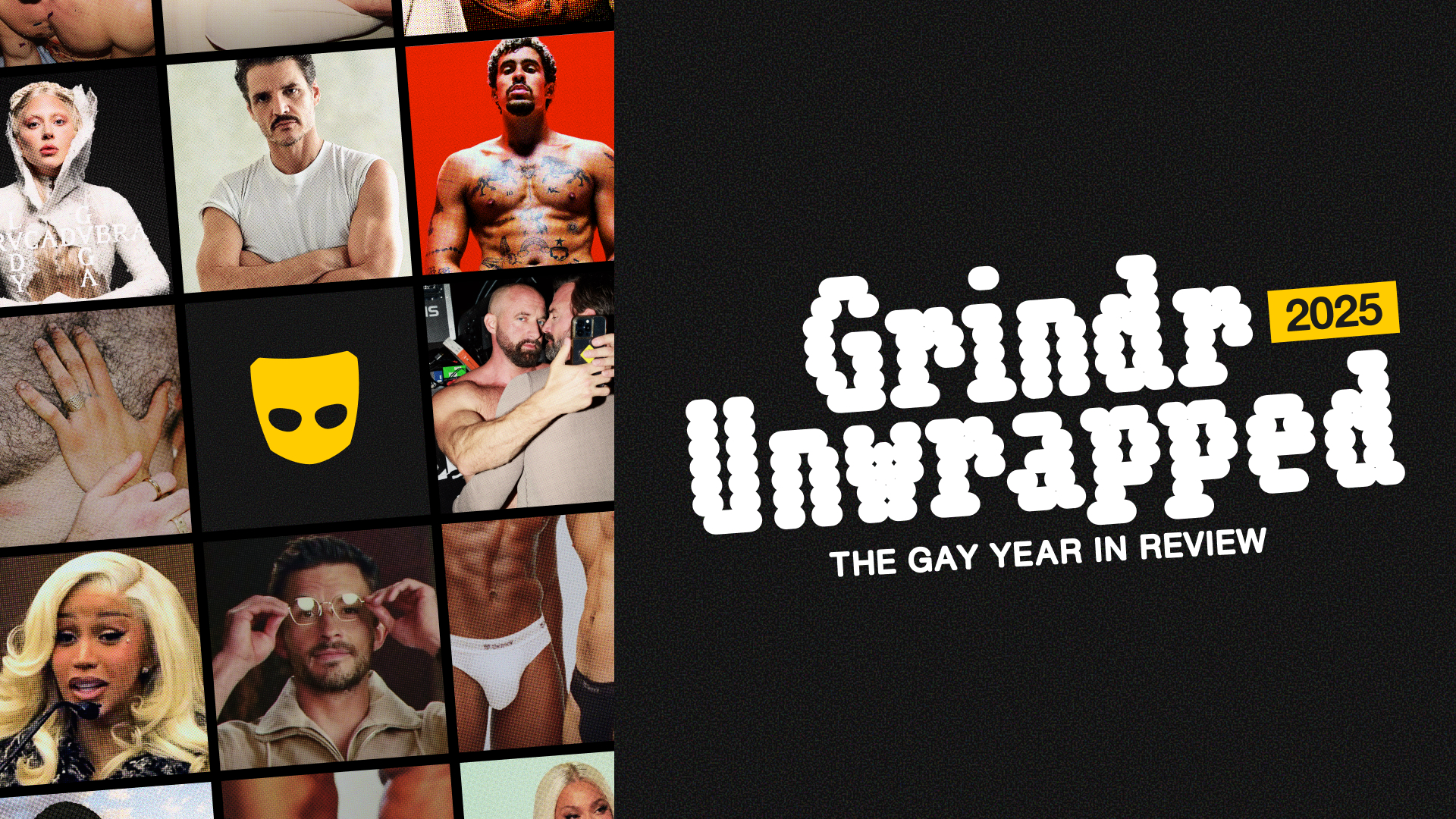
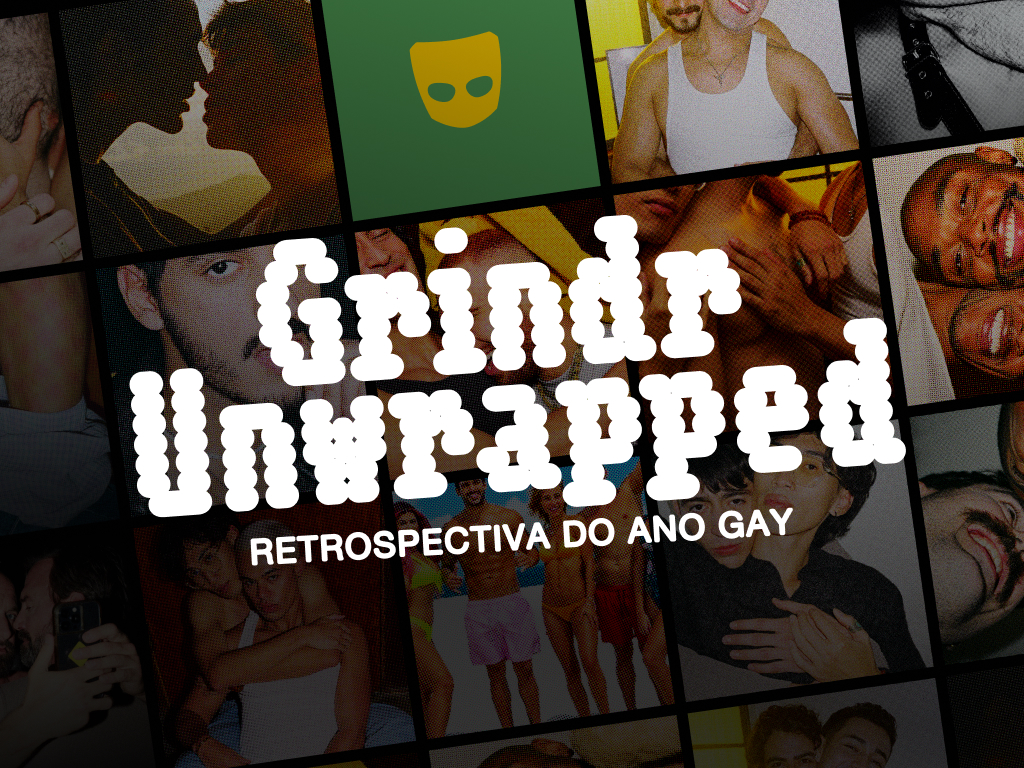
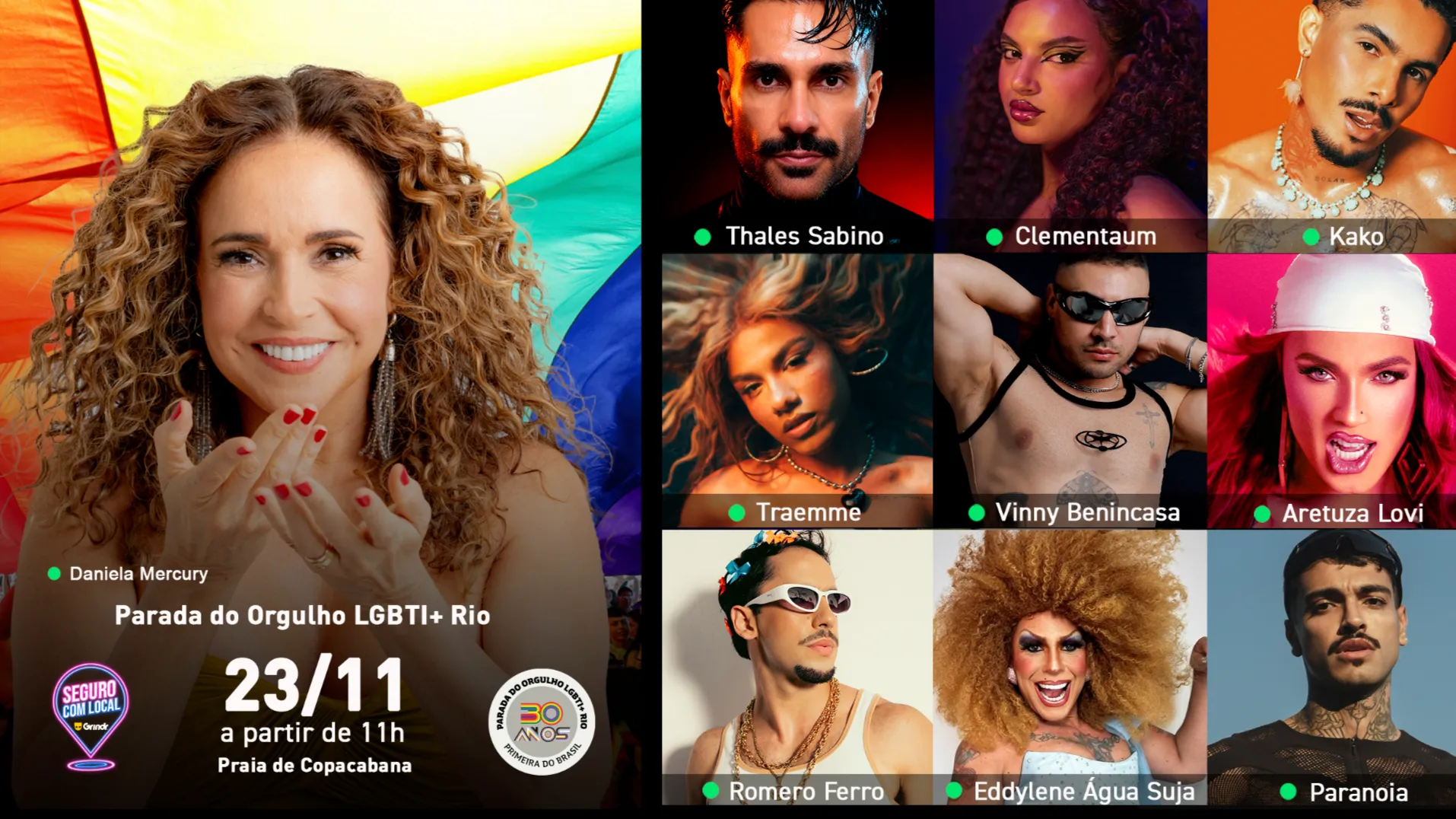
.jpg)
.jpg)
